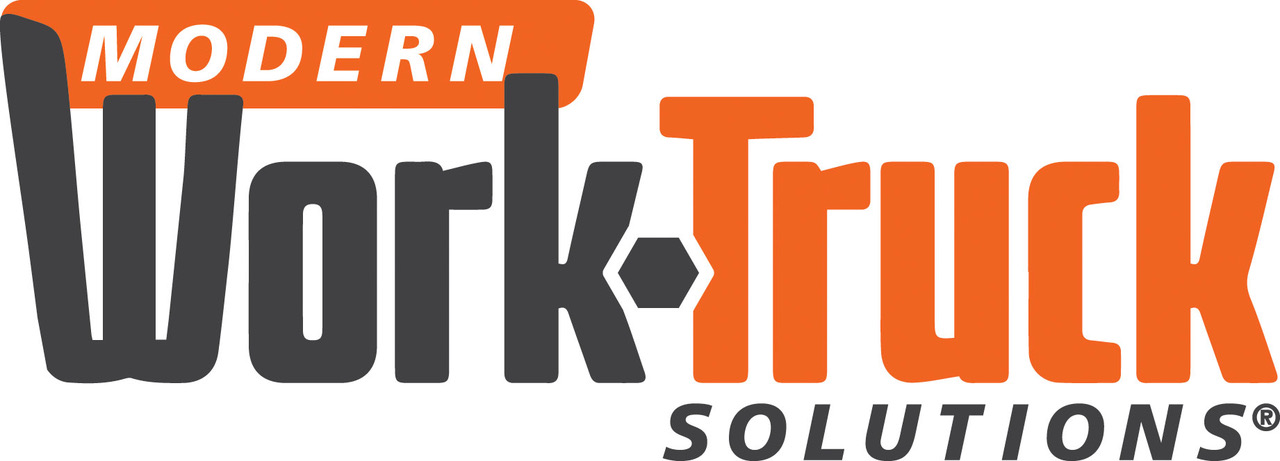Every day, your fleet’s telematics system generates thousands of data points. IT dashboards look appealing, and executives get weekly reports with big numbers, but drivers and dispatchers are often unaware of trends in fuel efficiency or performance.
One major missed opportunity in modern fleet management is not sharing data across all levels of the organization.
THE INFORMATION HIERARCHY PROBLEM
In most fleets, data flows upward. Middle management summarizes operational data for executives, who often get outdated, disconnected insights. Real-time data that could improve jobs is rarely available to drivers, dispatchers, or technicians, yet access to data is key to operations. This is inefficient and wasteful. Frontline employees make many decisions daily that affect fleet performance, often relying on instinct instead of data.
WHY TRADITIONAL SYSTEMS CREATE DATA DESERTS
Most telematics platforms use a top-down design, collecting data at the bottom, analyzing it in the middle, and applying it at the top—a model that made sense decades ago when computing was limited. Today, this model limits organizations. Dispatchers can’t make informed routing decisions without knowing which drivers arrive late, and drivers can’t self-correct without performance metrics.
Many businesses spend on executive dashboards but give staff basic tools, causing a disconnect between strategy and execution. Department silos worsen the problem. Maintenance tracks vehicle health but dispatch doesn’t see it. Safety monitors driver behavior, but operations can’t use that data for planning. Each group focuses on its own metrics instead of cross-functional improvements.
THE PERSONALIZATION REVOLUTION
Effective fleets use customized data access to remove these obstacles, giving each level the information needed for their roles. Your safety manager sees different dashboards from your maintenance supervisor, who receives different data from your drivers, according to role-based intelligence. By connecting these points of view, the data aligns the organization while maintaining role-specific relevance. This goes beyond displaying different charts to individuals; it requires assessing your organization’s information-handling practices. Rather than moving up, information should flow horizontally to departments that can act immediately.
REAL-WORLD APPLICATIONS ACROSS ORGANIZATIONAL LEVELS
Regarding Drivers: picture your performance dashboard when you pull into the lot, comparing your fuel efficiency to the company’s average. Receive suggestions for improving your safety score and run route efficiency recommendations for tomorrow. This is not micromanagement; it is empowerment through information.
For Dispatchers: route performance estimated arrival times, and driver positions in real time. Rather than basing dispatch decisions on yesterday’s data, they use current data to optimize operations and prepare for tomorrow’s challenges. Operational scheduling information for maintenance teams and predictive vehicle health data. They can reduce the amount of guesswork that results in urgent repairs or downtime by seeing which cars need maintenance and when they will be available.
For operations managers: cross-departmental dashboards that illustrate how driver performance affects route efficiency, maintenance scheduling affects customer service, and safety precautions affect fuel costs. Without ignoring operations, they have a broad perspective.
Strategic insights that connect fleet performance to executive business outcomes. Operational adjustments lead to improved customer satisfaction, competitive advantage, and financial outcomes.
BREAKING DOWN THE TECHNICAL BARRIERS
There is technology to democratize fleet data but implementing it is challenging. Modern telematics platforms can offer personalized insights into desktops, tablets, and mobile devices. For every user type, system designers must make complex information actionable.
For frontline workers, prioritizing mobile-first design is essential. Technicians and drivers require mobile data, and customized dashboards should deliver useful information without overwhelming users.
User-friendly interfaces are more significant than sophisticated analytics. Rather than having to interpret complicated reports, a dispatcher who can quickly understand traffic patterns and driver availability will make better decisions. Static reports become dynamic with real-time updates. When information is updated automatically, customers trust and rely on the system rather than calling and speculating.
THE CULTURAL SHIFT
Actively drive cultural change by setting policies for open access, encouraging managers to model information sharing, and rewarding staff who use data to improve operations. Make the transition from need-to-know to need-to-contribute a leadership priority.
Transparency fosters trust and strengthens teams. When all employees have access to the same performance metrics, they better understand how their individual contributions affect the company’s success. This visibility can be a stronger motivator for improvement than top-down directives.
When everyone has the right information, collaborative problem-solving emerges. Teams seek cross-functional improvements instead of working in silos, so a driver’s efficiency might prompt a change to the maintenance schedule.
OVERCOMING IMPLEMENTATION CHALLENGES
Privacy issues need to be handled carefully. Employees worry about surveillance, while managers worry about losing important data. The answer is clear laws that specify how data is gathered, used, and accessed.
Ensure your implementation includes role-specific training focused on practical application. Schedule ongoing training sessions and build quick reference guides so everyone understands how to interpret and apply data in day-to-day work.
When patterns of information access change significantly, change management becomes crucial. While newcomers might feel overpowered, former information gatekeepers might oppose democratization. These changes are made easier when expectations and benefits are clearly communicated.
MEASURING THE IMPACT
The democratization of fleet data benefits organizations in several ways. With real-time data, dispatchers react more quickly. Fuel efficiency is increased through driver performance monitoring. Maintenance costs decrease when technicians possess predictive insights.
Often, culture has the biggest influence. Employee engagement increases when they perceive that their efforts benefit the business. Better decisions are made when departmental assumptions are replaced with shared data.
THE COMPETITIVE ADVANTAGE
In a field where competition is fierce, information advantages can make or break a business. Businesses that can transform data into organizational intelligence, rather than just CEO insights, will perform better than those that rely on hierarchy. Take action now: Equip your teams with the right data at every level. Empower your fleet to perform at its peak by ensuring everyone makes informed, data-driven decisions. Don’t just talk about data, put it to work and watch your results transform.
Seize the opportunity: Drive your organization forward by embracing collective intelligence and modern technology today. Choose progress, decide now to integrate accessible data and shape your fleet’s future instead of standing still.
about the author
Robert Bona is CEO of AdvanTech Inc., has provided numerous advanced asset tracking and inventory management solutions, which include automated data capture technologies, which have included RFID, voice recognition, optical scanning and now telematics.




